Here is a list of the main and most important wedding Italian traditions.
Italy is a classic destination for wedding ceremonies, as the country beams with stunning architecture, natural landscapes and heritage villages.
Traditions are deeply ingrained in the Italian lifestyle and way of doing things. True to this lifestyle weddings are usually held on Saturdays or Sundays as Fridays are regarded as bad luck.
Here are some of the main Italian wedding traditions:
Pre-wedding isolation
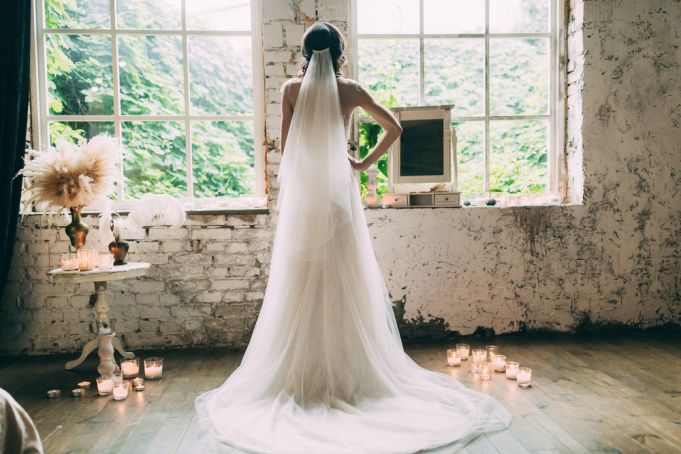
White color is a no-no
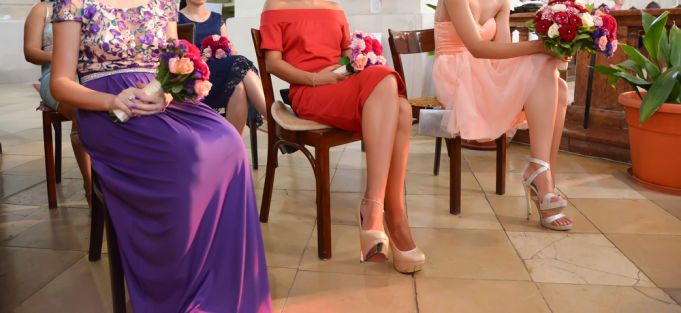
La serenata
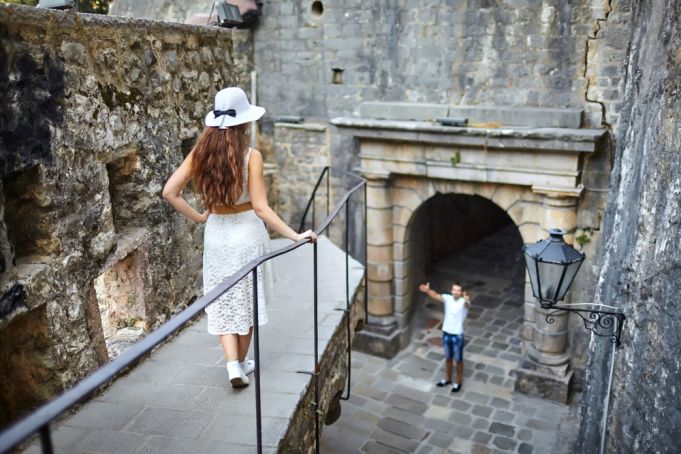
Confetti and Bomboniere
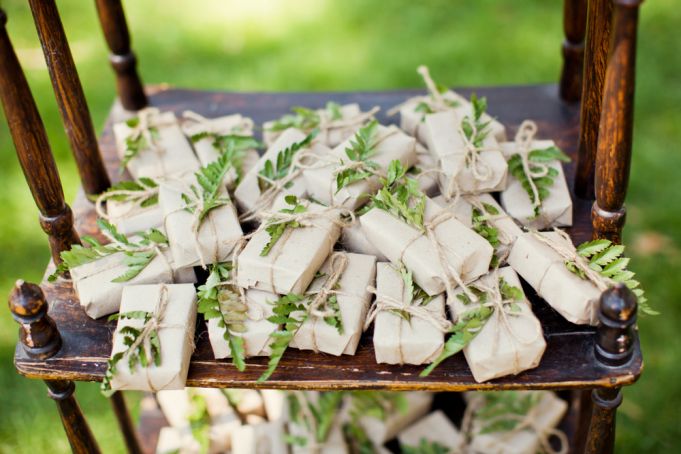
Who pays for the bridal bouquet?
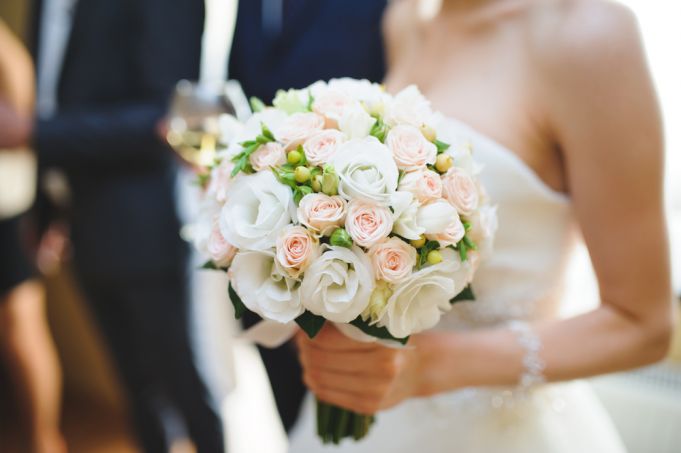
In Italy, the bouquet is the groom's final gift to the bride as a boyfriend. The groom must pay for it, and have it delivered on the morning of the wedding to the bride's house. The bride is permitted to choose the bouquet; after all, it must be coordinated with her dress. At the end of the ceremony, as we all know, the bride launches her bouquet of flowers towards a group of unmarried women, who compete to catch it. The bouquet is much more than a pretty prop, it signifies the passing on of tradition and creation of family, as the woman who catches the bouquet will be lucky enough to get married next.
La giarrettiera - a good luck charm
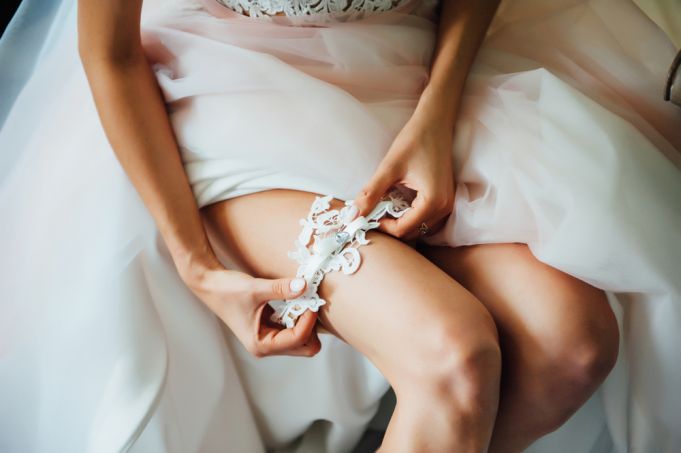
Tradition states the groom is to take off the garter and throw it to one of the guests. A demure bride, who does not want to show too much, wears the garter just above the knee or pulls it down, while a more daring bride raises the skirt of her dress revealing her legs and putting the removal of the garment at the center of attention. Another custom of the past was for the garter to be torn into pieces by the husband and donated to several guests. In a similar way, today in some parts of Italy, the groom's tie is cut into small pieces and distributed among the invited men in exchange for a small cash donation for the bride and groom. These traditions are increasingly rare and unrecognized.
Glass shattered
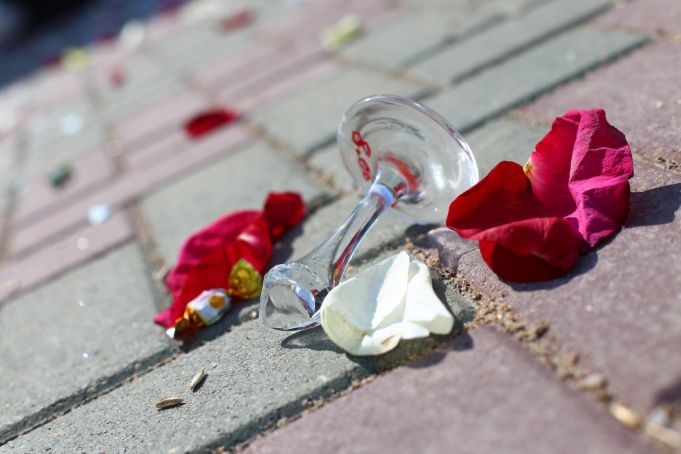
A Look into past regional wedding traditions in Italy
Italians are proud and zealous with their traditions and customs as is evident in their weddings. Ceremony traditions have been passed down over the ages and different regions have interpreted them in interesting ways.
Tuscany

Sicily
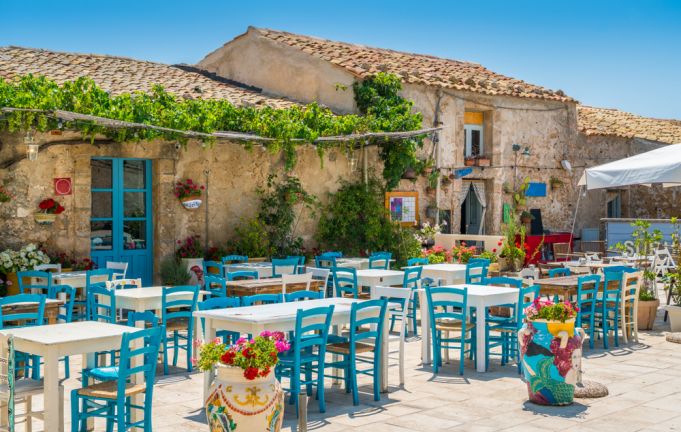
Venice

Other Italian wedding traditions
The practice of inviting friends and family to mark a wedding dates back to the Roman empire. In what was then of spiritual importance, several women were tasked to dress the same as the bride to prevent a passing evil spirit from distinguishing who is who. This is in contrast with today where the bride enjoys her colors exclusively.
The groom would carry a piece of iron (toc ferro), which was believed to ward off evil spirits (malocchio). Sundays were often marked as wedding days if the weds-to-be sought good fortune to accompany their marriage. Surprisingly, Saturday was that day associated with widows remarrying.


















